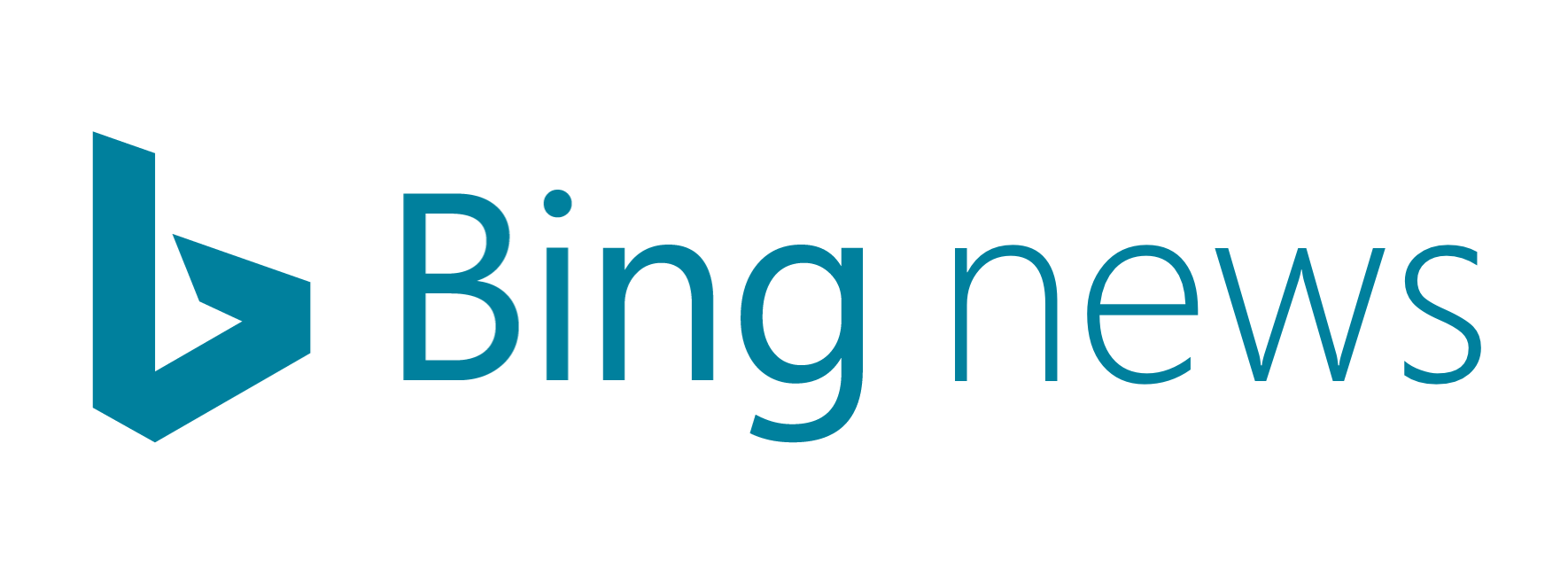NewZNew (Chandigarh) : Peripheral arterial disease (PAD) is an ailment of the arteries that supplies blood to the limbs and the abdominal organs. It can occur either in the form of ballooning, following weakening of the wall (aneurysm) or in the form of blockages following deposition of cholesterol in the arterial wall, that causes narrowing of the lumen and reduction of blood supply by the artery.

Smoking and Diabetes are one of the major causes of PAD. Other risk factors that lead to PAD are abnormal lipids (high cholesterol), high blood pressure, obesity etc.
Dr. Ravul Jindal, Director, Vascular surgery, Fortis Hospital, Mohali says, “Around 60% of patients with Ischemic Heart disease (IHD) and cerebrovascular disease have PAD. 50% of diabetic patients need hospitalization for infection ischemic diabetic feet. 25% of diabetic patients have PAD. India has the dubious distinction of becoming the diabetic capital of the world with 60 million diabetic patients in 2014. This means 15 million diabetics have PAD.
The most common symptom of PAD is “claudication” meaning leg pain, mostly in the calf muscles on walking and is relieved by short rest and can walk the same distance again. The walking distance can gradually decrease over time and progress to pain in the foot even while resting. REST PAIN – burning pain in the distal part of the leg (foot) that is present even at rest and gets worse on elevating or placing the foot on the bed and is relieved by hanging the leg down over the edge of the bed. GANGRENE / NON-HEALING wounds also can take place when the tissue dies because of poor supply of blood. Presence of Rest pain, Gangrene or wounds is referred to as CRITICAL LIMB ISCHEMIA and signifies a high risk (50%) of loss of limb or death.

The most important step is to avoid using tobacco in any form. Diet is another step, a proper square meal at the right times makes all the difference. Avoiding irregular diet times and eating sensibly are invaluable. Avoiding high fats esp. Saturated fats and a high carbohydrate load will help. It is also prudent to avoid fast foods, which although are tasty, contain a lot of unwanted substances which clog up the arteries. Exercise helps a lot by increasing the number smaller arteries in the extremities and can form natural bypasses. Proper exercise may eventually help improve the results of any intervention or even avoid an amputation.
Treatment depends on the site of PAD and the stage. If the arteries that are affected are very small or if the blockage involves short segments, one may be able to improve blood flow without any surgical cuts. The technique used is called endovascular surgery and uses various techniques such as balloon angioplasty using simple balloons or drug eluting balloons, balloon angioplasty with stenting, directional atherectomy, etc. Advances in technology make it possible to restore circulation in big and small arteries even as far as the foot using thin wires, thin catheters (micro-catheters) and newer balloons opening an entire new horizon for treating those cases that had to have open surgery with long bypass operations that took 6-8 hours in the past. It is now also possible to open up entirely blocked arteries that were previously not seen on the angiography.






